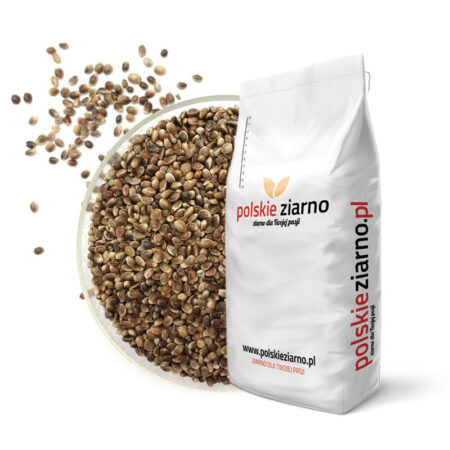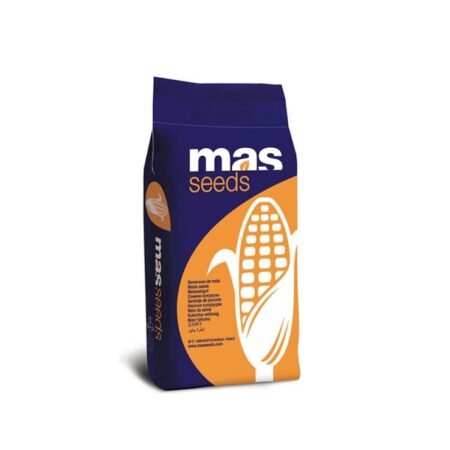Description
Cumin – A Plant with Many Uses in Cuisine and Cosmetics
Caraway seed is a plant with a wide range of uses, both in cooking and in cosmetics. Its seeds are an excellent addition to meat dishes, cheeses and herbal teas that support the digestive system. Cumin is also a common ingredient in cosmetics, candles and oils used in aromatherapy.
Cumin Cultivation – Requirements and Recommendations
Caraway seed is a plant that requires specific growing conditions. The soil in which we will sow it should be warm, retain moisture well, but not waterlogged. It should also be rich in nutrients so that the plant can grow properly. The location where we plan to plant caraway must be sunny and free from perennial weeds. The best pre-crop for caraway will be root or legume plants, such as peas, golden flax, coriander or poppy.
Cultivation recommendations:
- Soil: Warm, well-permeable to water, but not waterlogged.
- Position: Sunny, free from perennial weeds.
- Forecrop: Root crops or legumes, such as peas or golden flax.
Sowing and Intercropping
Caraway can be grown both in pure sowing and in intercropping with annual plants. Excellent intercropping plants include peas, golden flax, coriander, poppy, borage, field bean, wheat or barley. Thanks to such combinations of plants, we can achieve better cultivation effects and provide plants with optimal conditions for growth.
The Life Cycle of Cumin
Caraway is a biennial plant, which means that in the first year of vegetation, a rosette of leaves and a thick taproot grow. In the second year, basal leaves and stems with an inflorescence appear. Caraway fruit is harvested in July of the second year after sowing. It is worth remembering that it is best to harvest at the right time to obtain the best quality seeds.
Cumin Sowing Date
It is best to sow cumin in spring or summer, between March and July. This gives the plant enough time to develop and produce seeds.
Cumin is a plant that not only enhances the taste of dishes, but also offers numerous health benefits. Its cultivation requires appropriate conditions, but after proper care it will provide not only valuable seeds, but also satisfaction from cultivation. Ideal for people looking for natural, organic ingredients for their dishes, as well as for cosmetic and health purposes.











